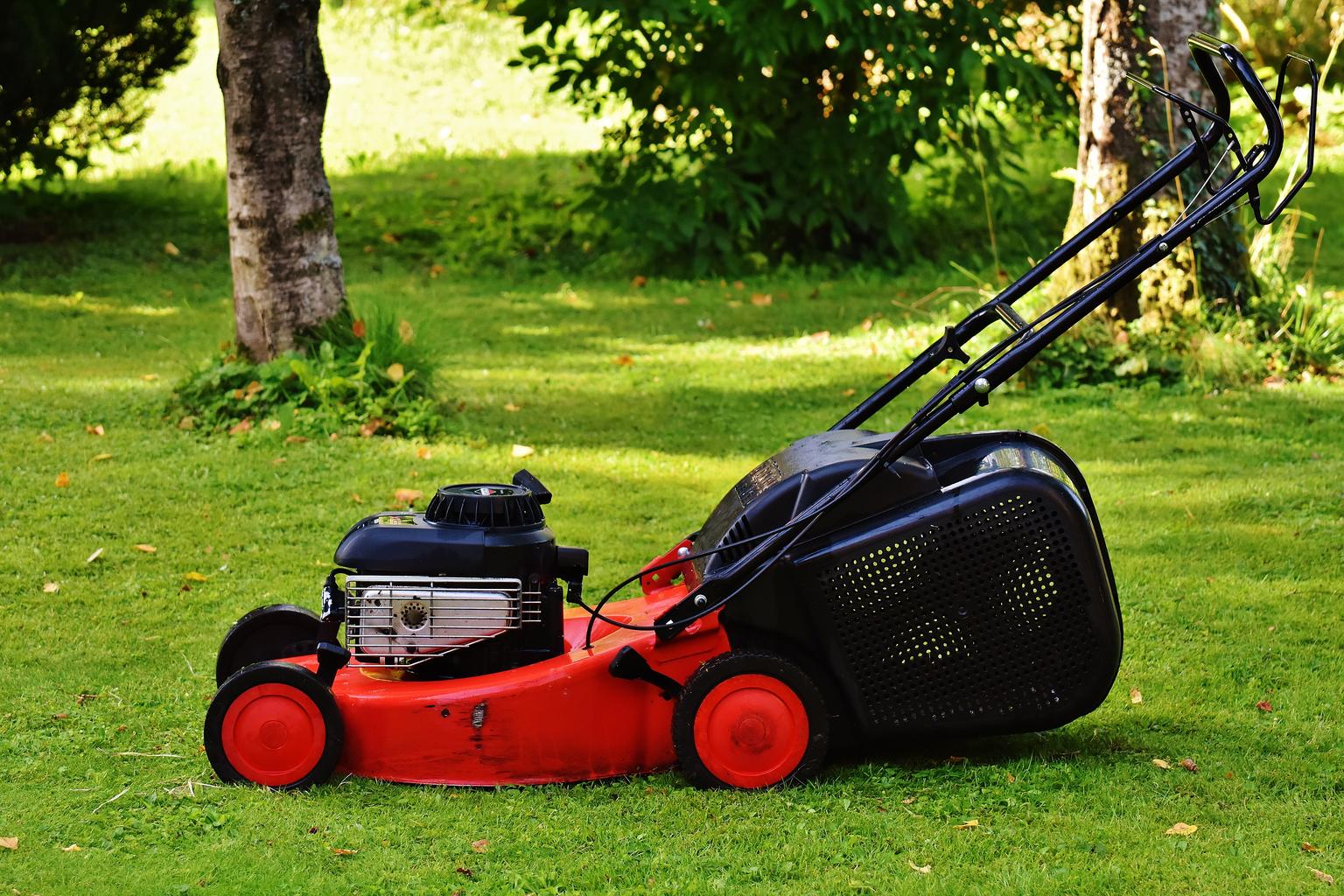Congratulations on your new home! If this is your first time having a yard you need to care for, buying yourself a lawn mower will be one of your first priorities. Lawn mowers are the key to keeping your lawn looking neatly trimmed, green and beautiful during the summer months. Before taking the plunge on this big purchase, here are some tips to keep in mind when buying your first lawn mower.
How big is your lawn?
First things first, let’s determine the size of your lawn. The bigger your lawn, the bigger the lawn mower you will need in order to handle the size of your property. Take a look outside and compare your lawn to a tennis court. Lawns that are the same size as a court are considered medium-sized, half the size of a court would be considered small and anything much bigger than a tennis court would be a large sized-lawn. As a general rule of thumb, push mowers and self-propelled lawn mowers are only recommended for lawns with up to half an acre or less. For anything much larger, we recommend choosing a riding lawn mower. A riding mower will make your yard work a breeze and make for a comfortable mow without all the leg work.
If your lawn falls somewhere in the middle, meaning that it is too big for a traditional push or self-propelled mower and too small for a large riding mower, we recommend taking a look at a compact riding lawn mower (the Troy-Bilt TB30R Riding Lawn Mower is a good example). The space-saving, compact design of a 30 inch riding mower combines the time savings of a riding mower with the storage size of a wide-deck push mower, making it a perfect choice for moderately sized or gated yards.
Steering
Once you have determined that the size of your lawn is medium-large and need a riding mower, you will need to consider your steering options. There are currently three options to choose from: two-wheel steering, four-wheel steering and zero-turn. Two-wheel steering is a great choice for medium sized open yards with few obstacles or tight corners. Four-wheel steering offers a comfortable ride and ease of handling for larger properties and obstacles. The most intimidating steering of them all will be the zero-turn mower. These machines have a zero-turn radius, added speed, comfort and amazing ability to hug tight corners. It can be used on lawns of all sizes. However, the lap bar steering method for zero-turn mowers will be a learning curve for new users. There are some steering wheel options for zero-turns available from some manufacturers that, while more intuitive, do not have quite the same versatility as the lap bar design.
Attachments
Many lawn and garden tractors are built with a variety of features that make yard work beyond mowing easier. Consider what additional capabilities you would like your mower to perform before purchasing. You can choose from bagging or mulching attachments for most types of mowers. Tractors provide access to a wider array of options such as sweepers and sprayers for fertilizer, weed killer and even de-icing material. There are also cart attachments that allow you to haul gardening and landscaping materials and supplies.
For the winter, consider front blades and snow blower attachments to turn your mower into a snow removal machine. These attachments will ensure that you can use your lawn tractor year-round.
Maintenance
Lawn mowers are a lot like cars in the sense that preventative maintenance is the best way for you to protect your mower. First things first, read your mower’s operator’s manual. This valuable handbook will help you understand every part of your machine, safety features and the proper ways to perform basic maintenance tasks. Many new mower’s have an engine that requires a “break-in” period, this means that you may need to change the engine oil after the first eight hours of operation, after that you will need to check the oil before each use.
In addition to checking the oil, we recommend doing a quick overall inspection before each use. This includes: checking tire pressure, checking fuel, cleaning the mower of excess debris and looking for signs of damage or loose parts.
Check for the general requirements for ongoing maintenance. If your mower does not have a built in hour-meter for the usage it has had, you may want to keep a log book so you can be sure of when you’re due for maintenance.
Warranty
When purchasing a lawn mower, especially one as expensive as a riding one, it’s important to consider the warranty period included with the machine and what it covers. Knowing that your machine is safeguarded if anything goes wrong will not only give you peace of mind but also save you hundreds or thousands of dollars on getting it serviced, replacing parts or even the whole unit. A longer warranty period helps ensure that your product should be built to last longer as well. The most common warranty period is usually two years, while well established manufacturers often offer their customers a four year limited warranty on their products.


